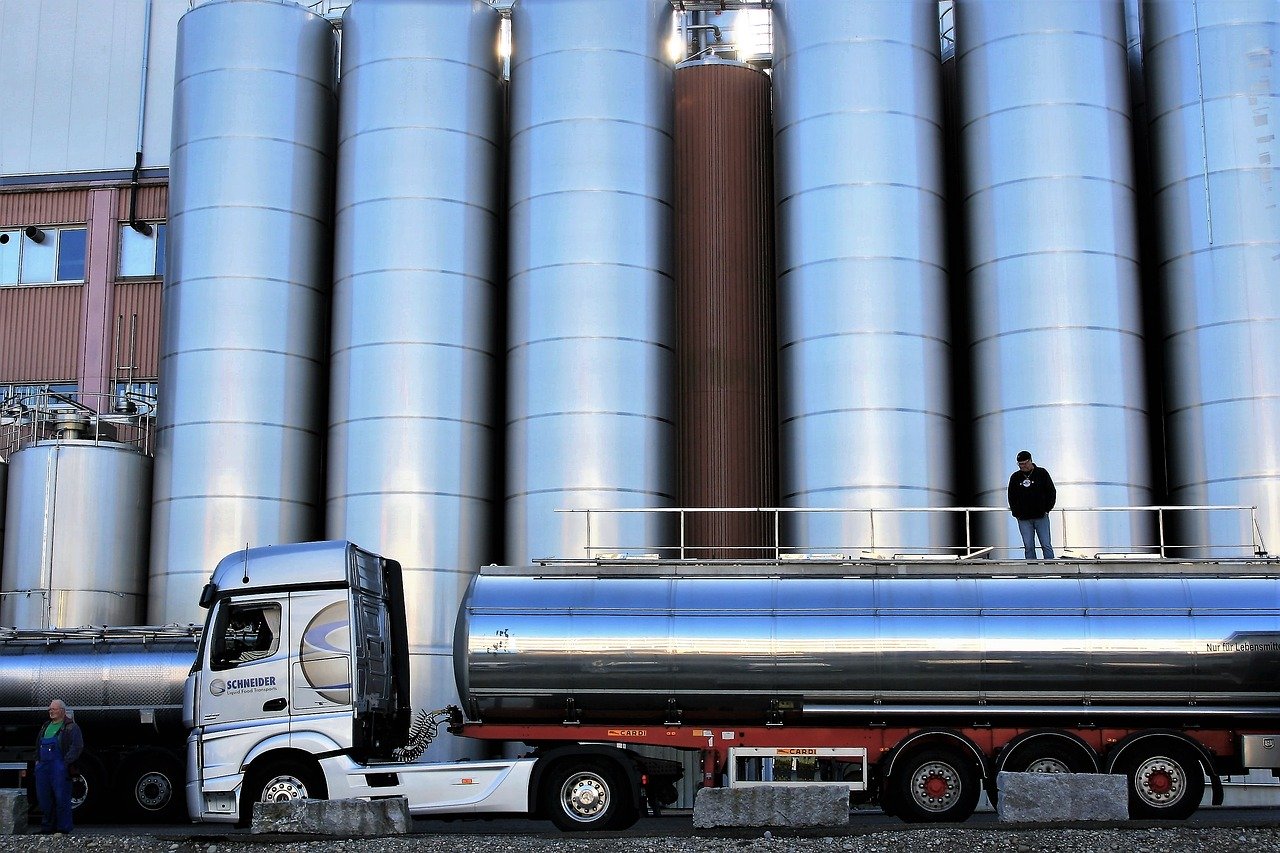If you have been in a corporate office for any time at all you’ve certainly heard horror stories of ERP implementations. These stories often sound the same: Tens of millions–if not hundreds of millions–of dollars, years of business disruptions, and when it is over many fail. How do you make sure your company is not an ERP horror story? If your company is already an ERP horror story, how do you get back on track? At Austin Data Labs, we understand your business and have a SaaS platform that will solve this issue, without needing to reinvent your systems from scratch.
Every company I have worked for and most of the companies we’ve helped here at Austin Data Labs over the years have had this frustration. When they bought their ERP system, they purchased a solution that was supposed to be able to do their demand planning, production planning, and product availability. Not a single company was using their ERP as a tool for that need after implementation. Many had completely implemented one or more of these modules, but had given up on them after millions of dollars were spent. Others tried to implement and stopped once they realized the ERP would not do what they needed. Still others were using pieces of the ERP modules and supplementing them with other tools, most often exorbitantly complex, non-predictive, time consuming Excel sheets, just to get their plants scheduled.
As we begin new work with clients, we hear some common horror stories about ERPs. Their frustrated stories revolve around the ways their ERP is terrible and reflect that they used to have a better system beforehand. We often hear about how they struggled for months before giving up and just using Excel to get by. When we begin working with the IT or finance teams we hear a completely different story. IT and finance departments tend to think the business team just doesn’t use the ERP correctly, or that they want too much customization. When we begin work with the Executive teams they are often frustrated that they are being asked to spend valuable capital to replace something they already bought since they were sold a fairy tale that their ERP could perform these functions.
Why is this almost universal story such a problem? Let’s look at it through the lens of my meat and dairy industry expertise:
Where ERP’s Struggle with Commodity Supply Chains
When a company begins an ERP search, they often want an all-in-one solution. They are told that this is both the best thing from an efficiency standpoint and that it is almost a requirement for regulatory compliance. At one company we worked with, both the ERP company and the consulting firm that implemented and maintained it had convinced the executive staff that there were government regulations that every function had to be in the ERP! They were so successful in selling this falsehood that the executives would not allow anything to be done outside of SAP for fear of breaking the law. This is a total lie, and this kind of behavior is unethical.
The efficiency conversation has real merit if the solution is efficient, but as mentioned above the ERP result-based modules for the business team (sales, scheduling, demand planning, product management, and pricing management) are almost never efficient (or even useful) for companies in deconstruction businesses like meat, dairy, milling, agriculture, etc.
ERP solutions were never meant to handle complex deconstruction supply chains on their own. they break down when variability is tossed into the mix. Mother Nature doesn’t wait for SAP to understand her rules before she throws a wrench in your best-laid plans. Pandemics don’t politely stand around in an orderly fashion so your ERP can file them into rigid order. ERPs need an assist from a great data science and AI tool to make them less rules-based and more predictive and useful. This helps companies solve their real challenges, like determining the best way to fill orders or determining what is left to sell with a highly variable supply and demand stream.
The right choice for volatile commodity supply chains is ERP + data science / AI
If you are looking to replace your existing ERP solution, we suggest you buy only the basics of the ERP you are interested in. Stay away from the “extra” modules like supply chain, demand planning, trade planning, transportation, and quality assurance. Instead, seek out specially designed software like ours to do those very specialized tasks. If you follow this guidance, it is very likely your implementation period will be much quicker and cheaper across all applications, and the ROI will be significantly more positive.
If you are already struggling with tools you purchased from an ERP, we can help! The investment you made is a sunk cost that cannot be recaptured. Don’t allow your company to continue to lose significant profits due to ERP software that simply does not work.



